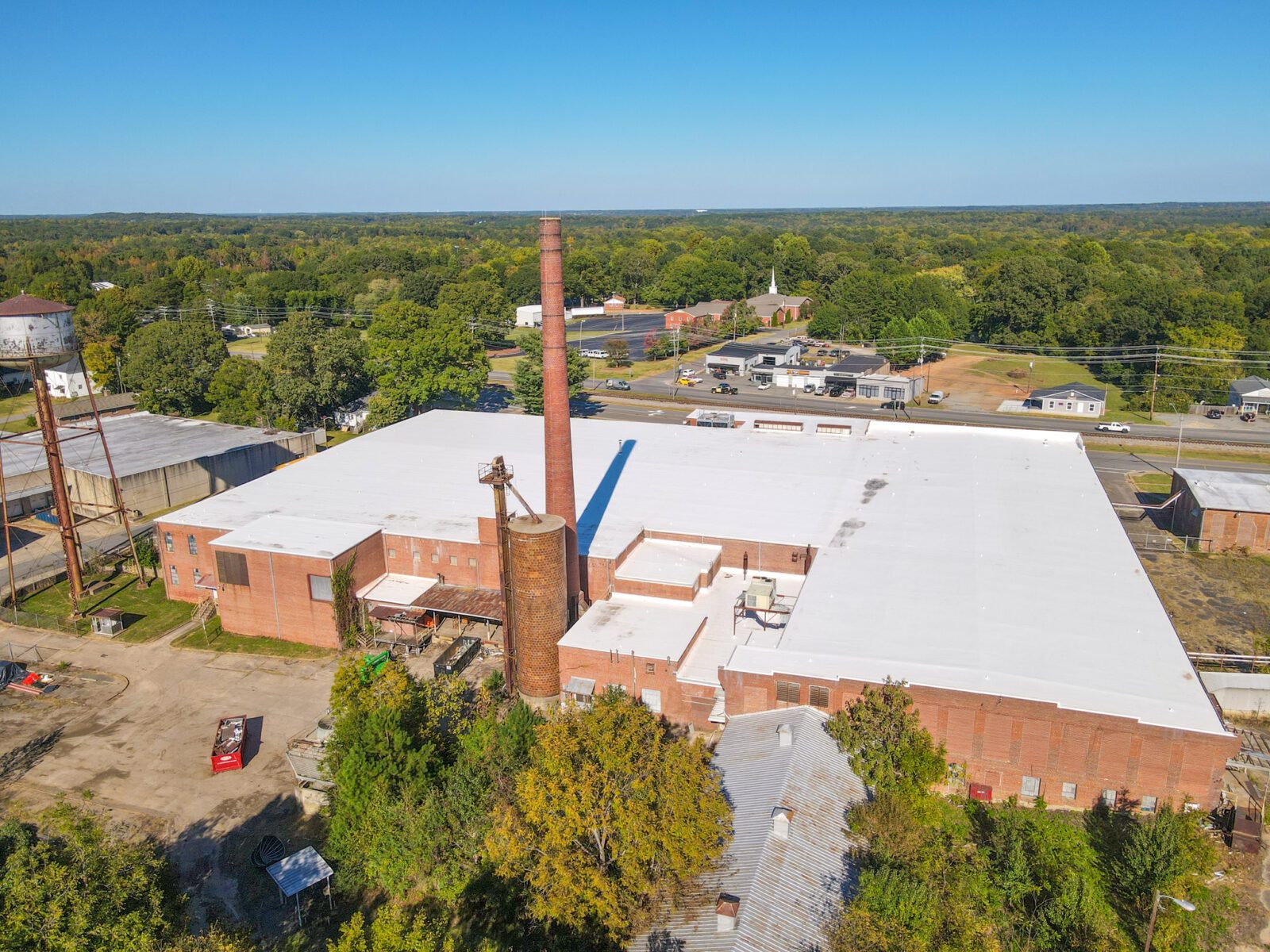Flat roofs, often seen on commercial and industrial buildings, are popular for their cost-effectiveness and unique aesthetic appeal. They typically consist of three main components: weatherproofing, reinforcement, and roof surface surfacing. This structure not only provides durability but also complements urban landscapes beautifully.
Single Ply Membrane Roofing
Single Ply Membrane Roofing offers a watertight solution that is quicker to install compared to traditional built-up roofing. Common types include:
- TPO, which is installed using heat welding, ensuring a strong, durable seam
- PVC, known for its chemical resistance and durability, making it ideal for industrial applications
- EPDM, made from a synthetic rubber compound, celebrated for its flexibility and low maintenance requirements
These materials are particularly suited for flat roofs in climates with heavy precipitation, as they provide excellent waterproofing. However, factors like heavy snowfall and freeze-thaw cycles might limit the suitability of TPO roofing in certain climates..

An Example of Our Flat Roof Work
Before

After

Maintenance Tips for Flat Roofs
Regular maintenance maximizes the lifespan of flat roofs. General tasks include routine inspections to identify and address leaks or damages promptly. Regular removal of debris and vegetation is also crucial to maintaining the roof’s integrity.
Flat roofs are more accessible for maintenance, making it easier to carry out repairs or add features. Ensuring proper drainage is vital to prevent water accumulation, which can lead to structural damage over time. These maintenance practices help extend the life and performance of your flat roof.
Patio Roofing Pavers: Modern Innovations in Flat Roofing
Recent advancements in flat roofing materials and techniques led to developments like rooftop pavers. This is a perfect solution for small and large patios. Duro-Last has a 95% post-consumer recycled material solution.

Benefits of Flat Roofing
Flat roofs offer several advantages, including lower initial and repair costs due to reduced material usage compared to sloped roofs. They also provide versatility, allowing for the creation of rooftop gardens and deck spaces, enhancing outdoor living areas.
Energy efficiency is another key benefit, particularly in warmer climates, as flat roofs help maintain manageable utility costs by minimizing overhead space where warm air can stagnate. These benefits make flat roofs a practical and attractive option for many property owners.

Flat Roof Types Comparison
EPDM (Ethylene Propylene Diene Monomer)
- EPDM (sometimes referred to as rubber roofing) is a lightweight synthetic rubber roofing product. EPDM is made up of ethylene and propylene, which are derived from oil and natural gas.
- EPDM is resistant to hail, wind, and extreme temperatures.
- This roofing system is also resistant to ozone and UV rays.
- EPDM is available in black or white. White EPDM reflects heat from the sun, reducing cooling cost.
- EPDM is available in various thicknesses, up to 90 mils. Seams are sealed together using special tape or adhesive.
- EPDM roofing can be installed fully adhered, ballasted with stone or pavers, or mechanically fastened with screws and plates.
TPO (Thermoplastic Olefin or Polyolefin)
- TPO roofing systems have been in use since the 1990’s. This environmentally friendly roofing system is made up of ethylene propylene rubber.
- TPO is less expensive than PVC. TPO roofing is relatively new and does not yet have the proven track record of PVC.
- TPO systems are resistant to ozone, UV rays, and chemicals.
- TPO roofing is usually white, grey, or tan. These systems can reflect heat from the sun, reducing cooling cost.
- Seams are hot-air welded together, providing water tight seals.
- TPO roofing can be installed fully adhered, ballasted with stone or pavers, or mechanically fastened with screws and plates.
PVC (Polyvinyl Chloride)
- PVC roofing systems have been in use in Europe since the 1960’s and became popular in the United States shortly after. The main ingredients of PVC are ethylene and chlorine, which are derived from salt and natural gas.
- PVC roofing systems are resistant to chemicals, greases, and oils. This makes these systems ideal for restaurants.
- PVC is also resistant to ozone and UV rays.
- PVC roofing is usually white or grey. These systems can reflect heat from the sun, reducing cooling cost.
- Seams are hot-air welded together, providing water tight seals.
- PVC roofing can be installed fully adhered, ballasted with stone or pavers, or mechanically fastened with screws and plates.

